In the quest for more efficient recycling methods, the Plastic Film Squeezer emerges as a game-changer, transforming the way we handle and recycle plastic films...
Transforming Waste into Wonder: The Revolutionary Expansion of Smile Plastics
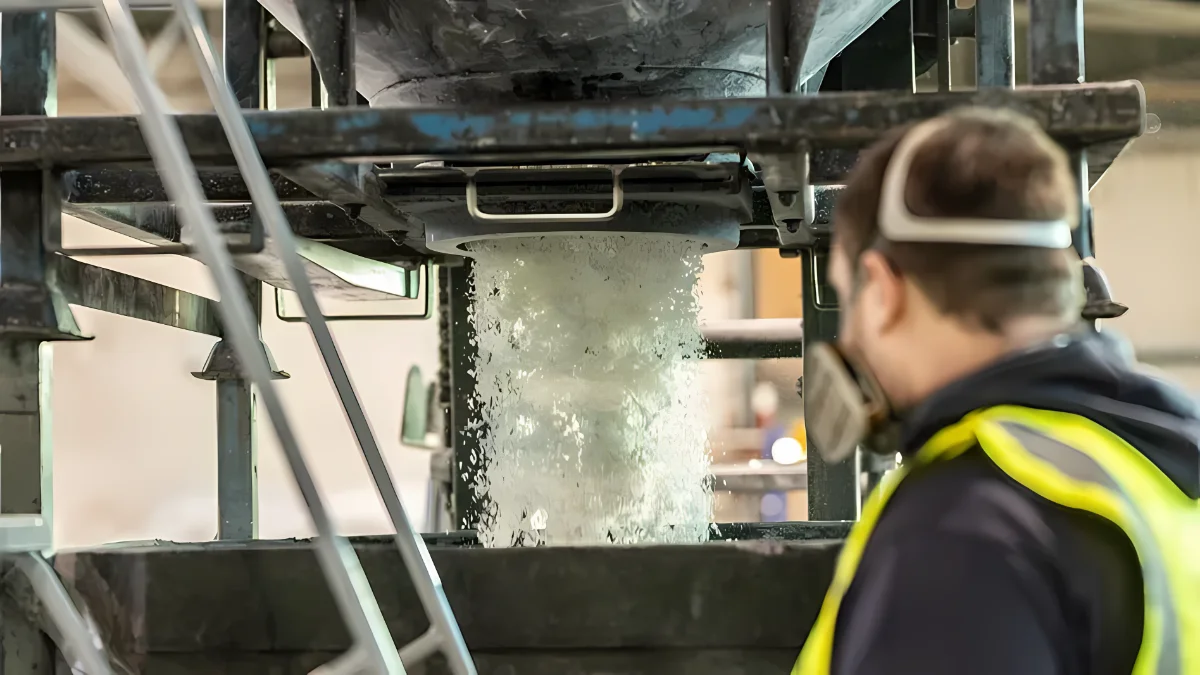
Transforming plastic waste into valuable building materials, Smile Plastics has made a profound impact on the recycling and design industries. Their expansion n...
AI Solutions to Drive the Growth of World Trade in Recyclables

In an era where sustainability and environmental conservation have become paramount, the recycling industry is at the forefront of global efforts to reduce wast...
Caglia Environmental Leads in Advanced PET Recycling with AI and Robotics
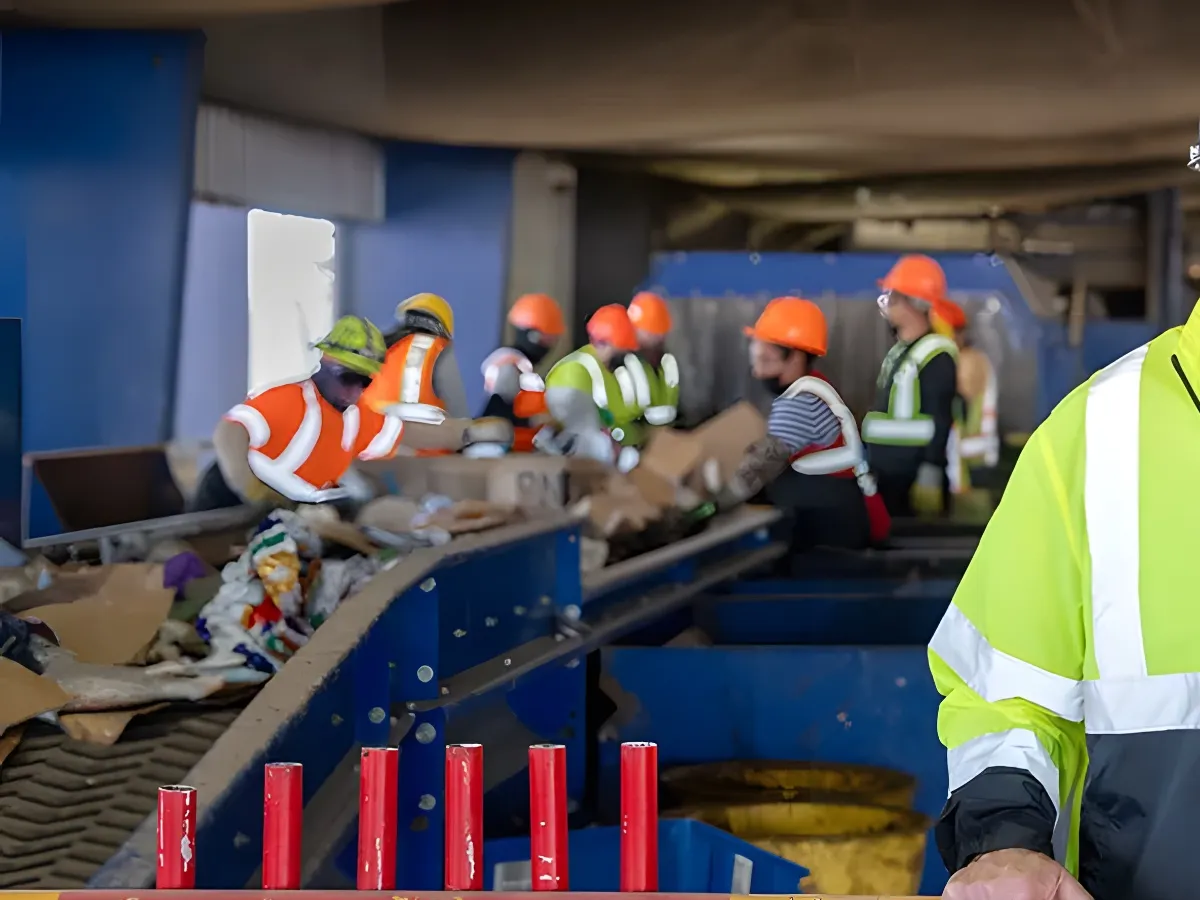
In a significant leap towards enhancing polyethylene terephthalate (PET) recycling, Caglia Environmental, based in Fresno, California, has harnessed artificial...
The Philippines’ Plastic Predicament: A Crisis and Opportunity Unveiled
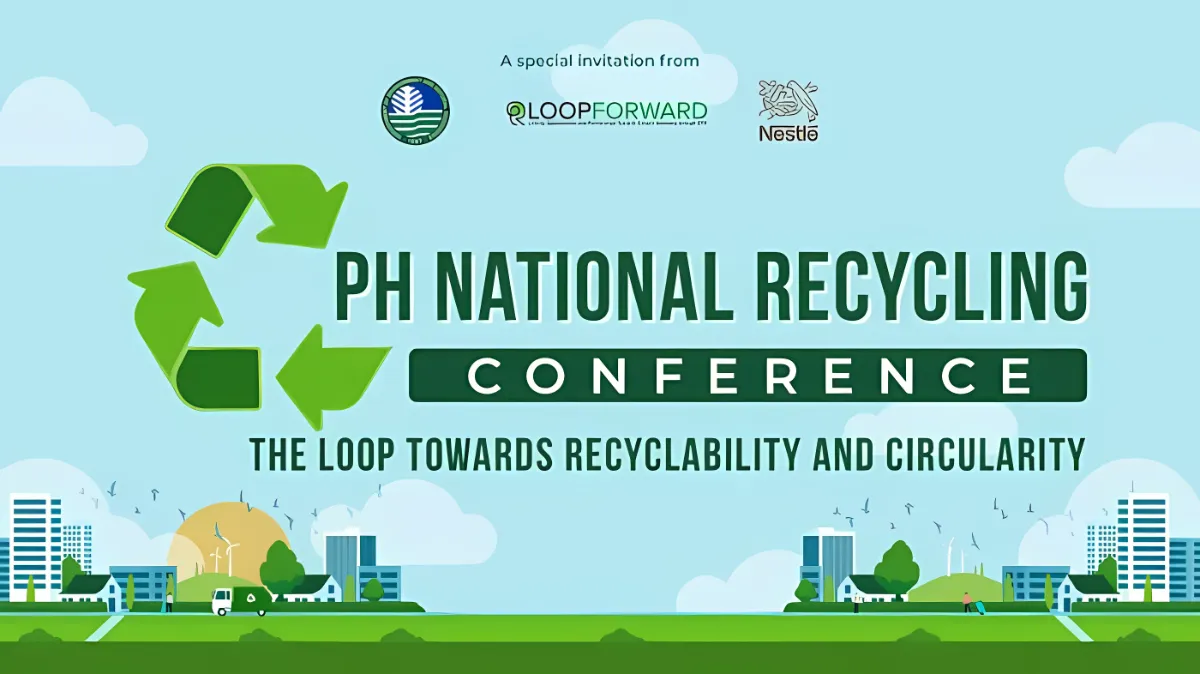
In a revealing study by Utility Bidder, a UK-based independent organization, the Philippines has been identified as the leading contributor to marine plastic wa...
Unlocking Business Efficiency with Plastic Recycling Machines: A Sustainable Approach
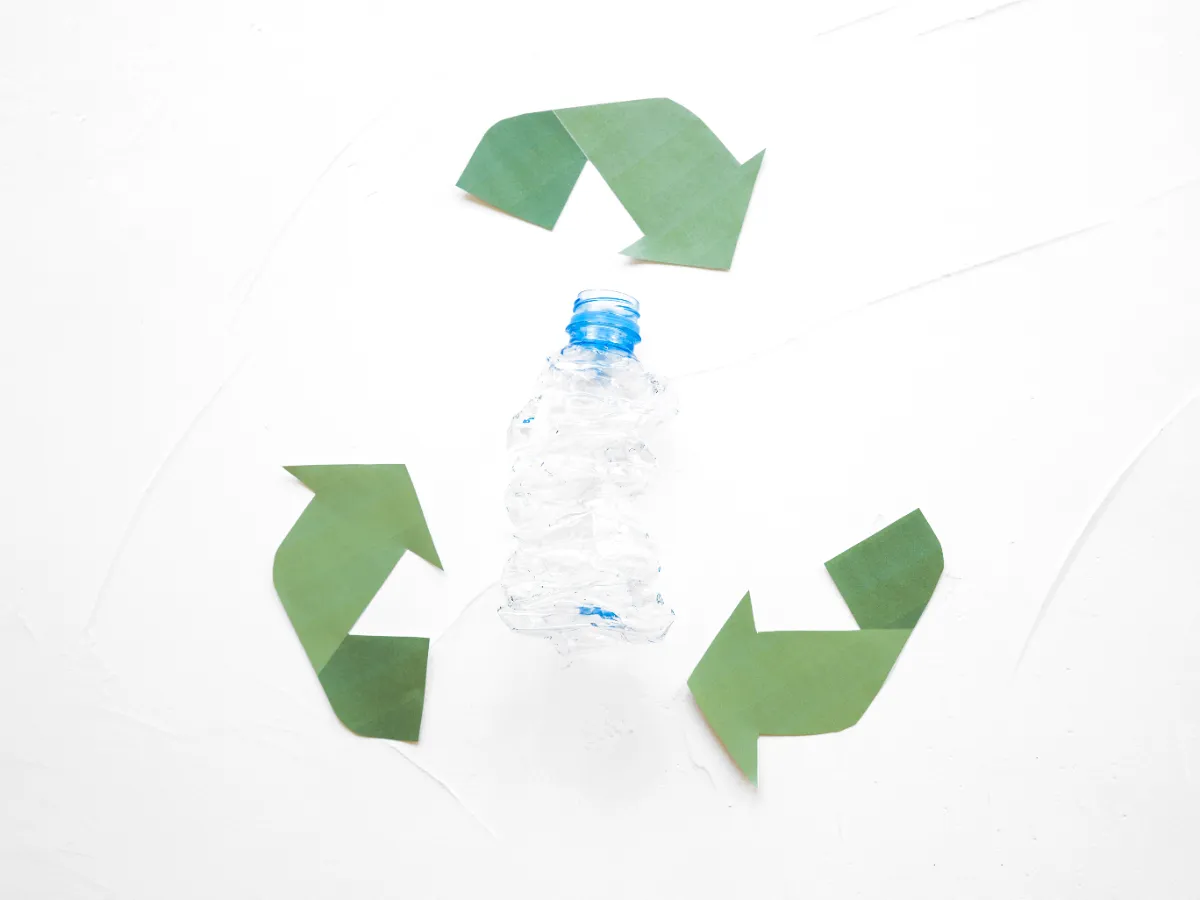
In today’s environmentally conscious market, businesses are increasingly turning to plastic recycling machines as a way to improve sustainability and prof...
Trend Analysis of the Global Plastic Recycling Machine Market

The global plastic recycling machine market is experiencing significant growth, driven by heightened awareness of environmental sustainability and the increasin...
The Future of Plastic Recycling Machine Technology: Innovations and Price Considerations
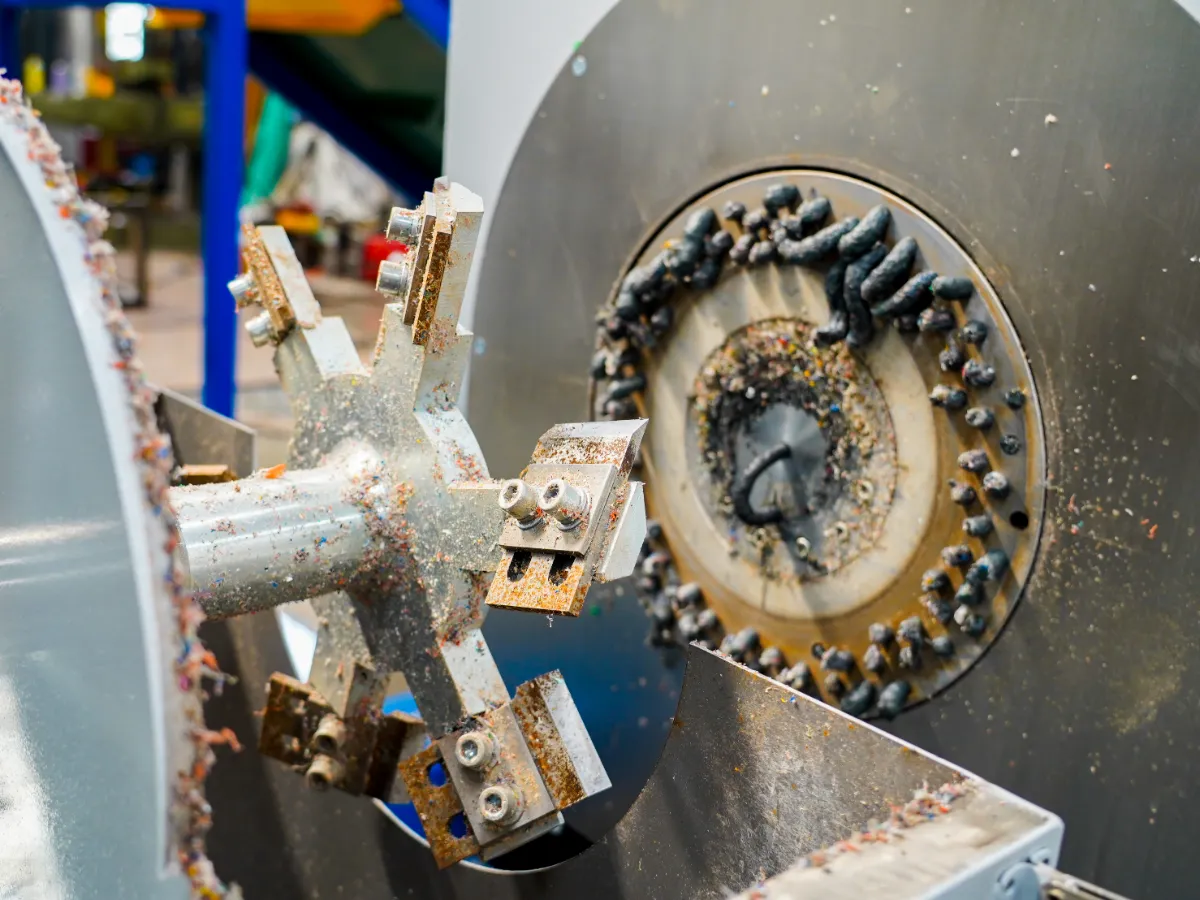
The plastic recycling industry is witnessing a transformative era with the advent of advanced technologies that promise to revolutionize waste management and re...
Navigating the Market: How to Choose the Right Plastic Recycling Machine for Your Needs
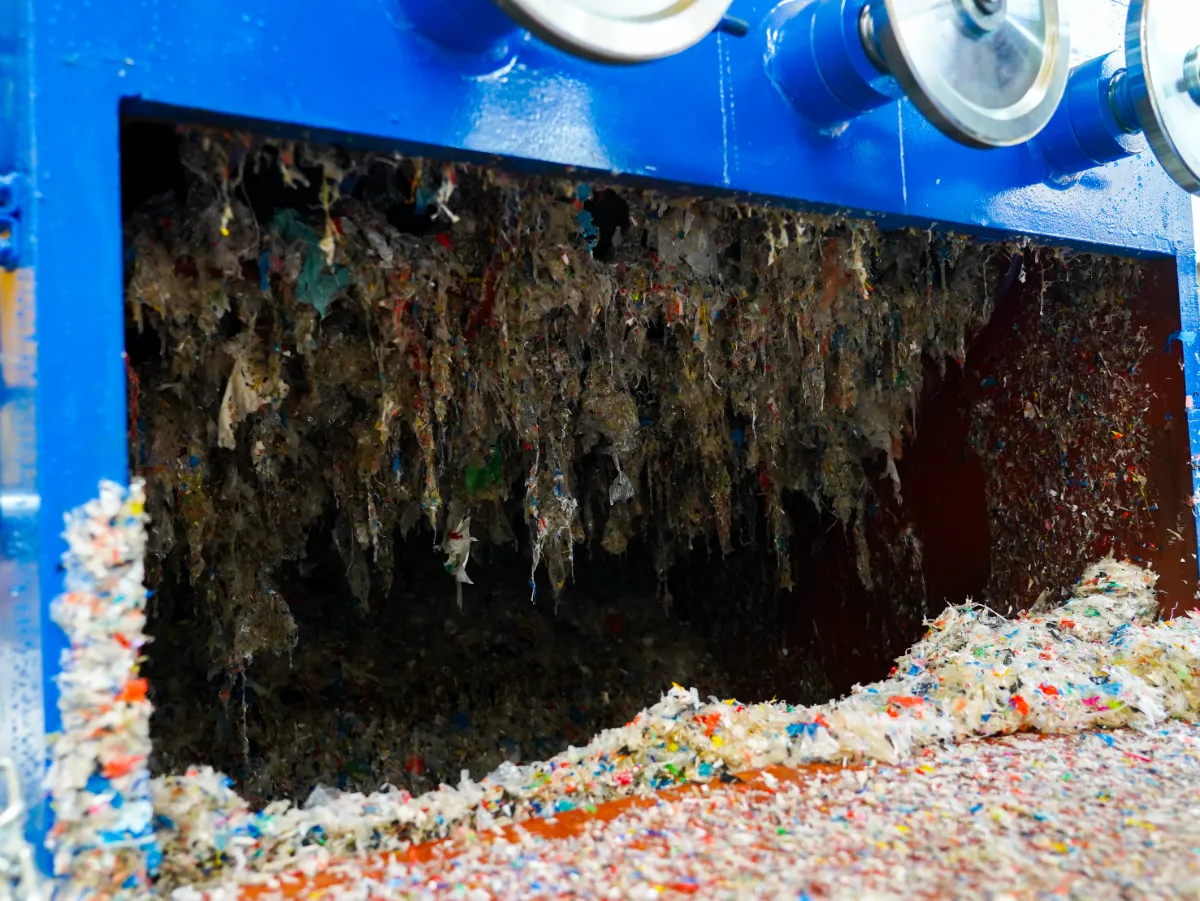
In the quest to combat plastic waste, investing in a plastic recycling machine represents a significant step forward for businesses and environmental initiative...
Investing in Plastic Recycling Machines: A Cost-Benefit Analysis
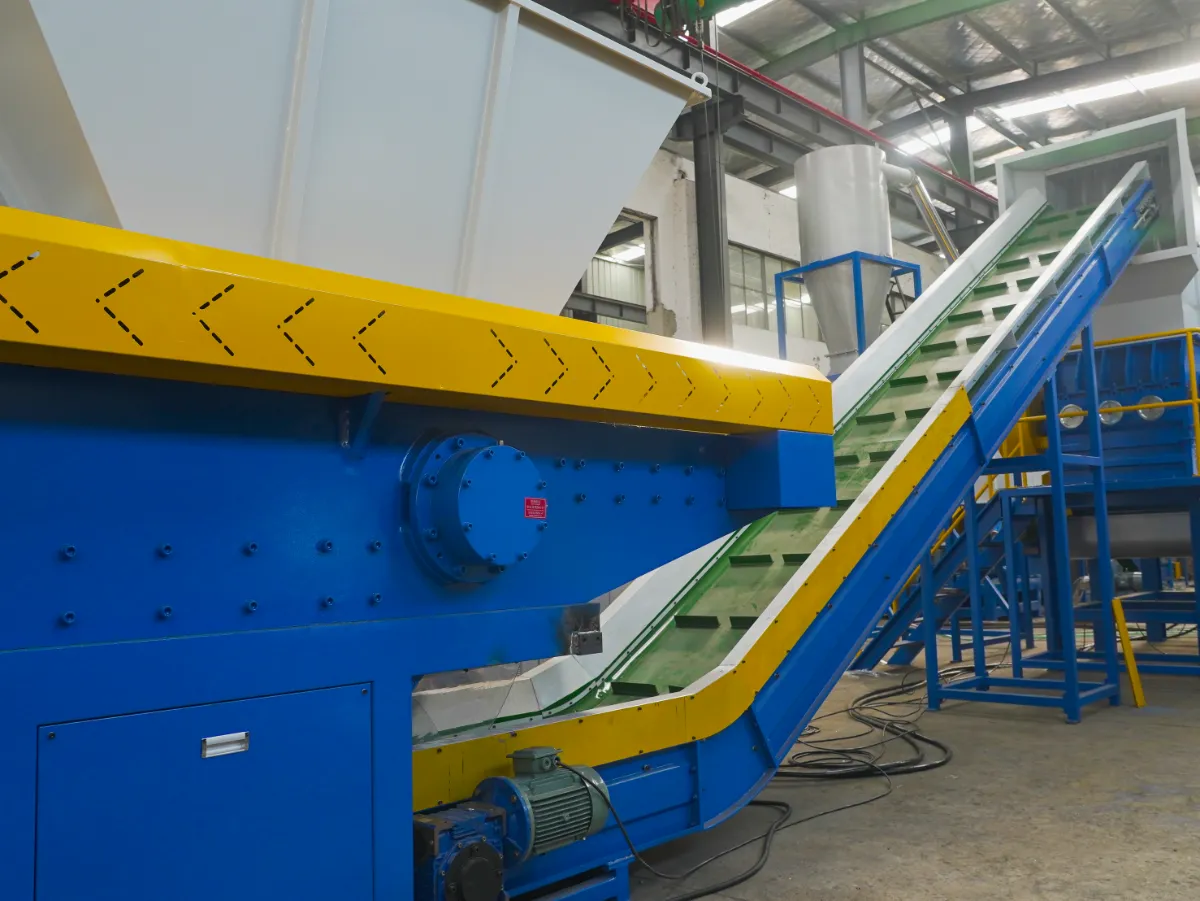
In today’s economy, businesses and individuals alike are increasingly driven by both financial motives and a commitment to sustainability. This dual focus...


